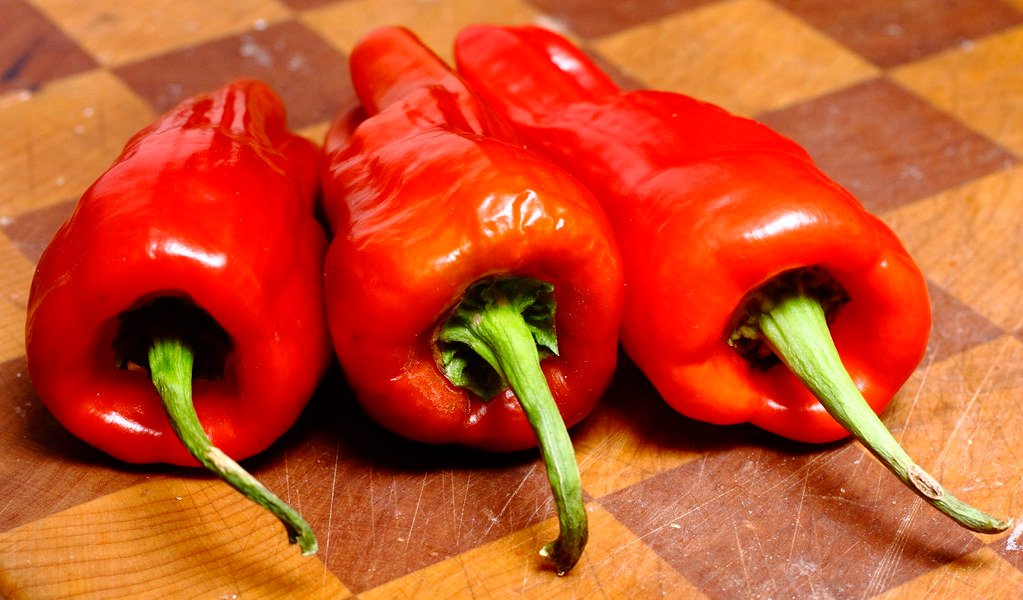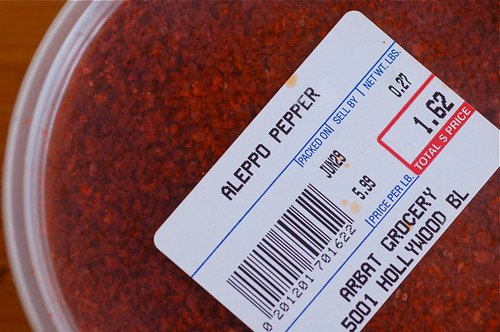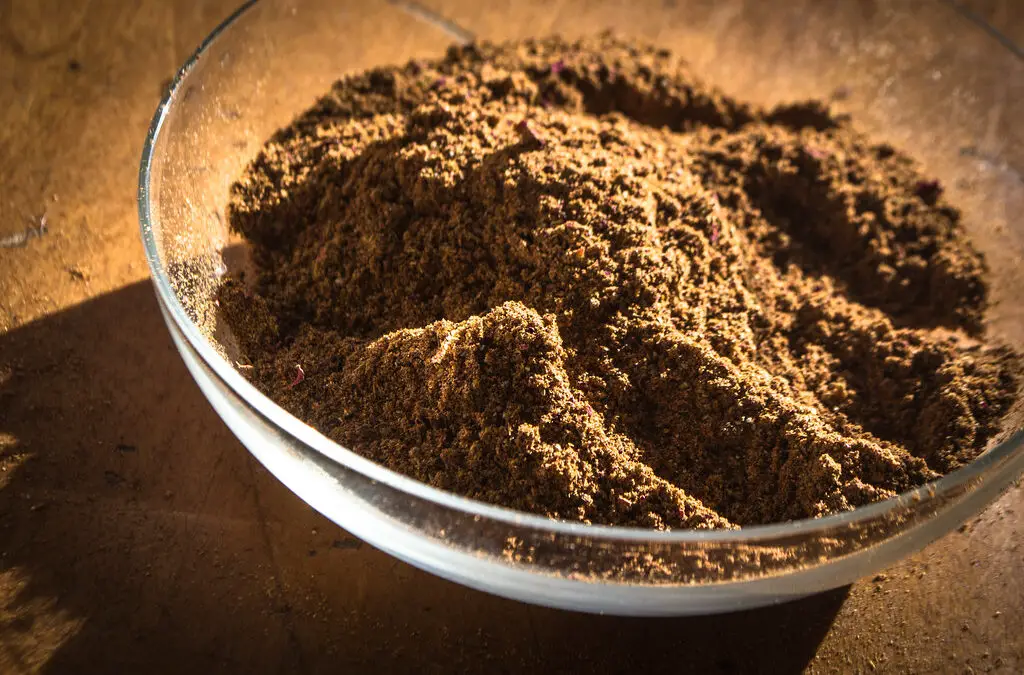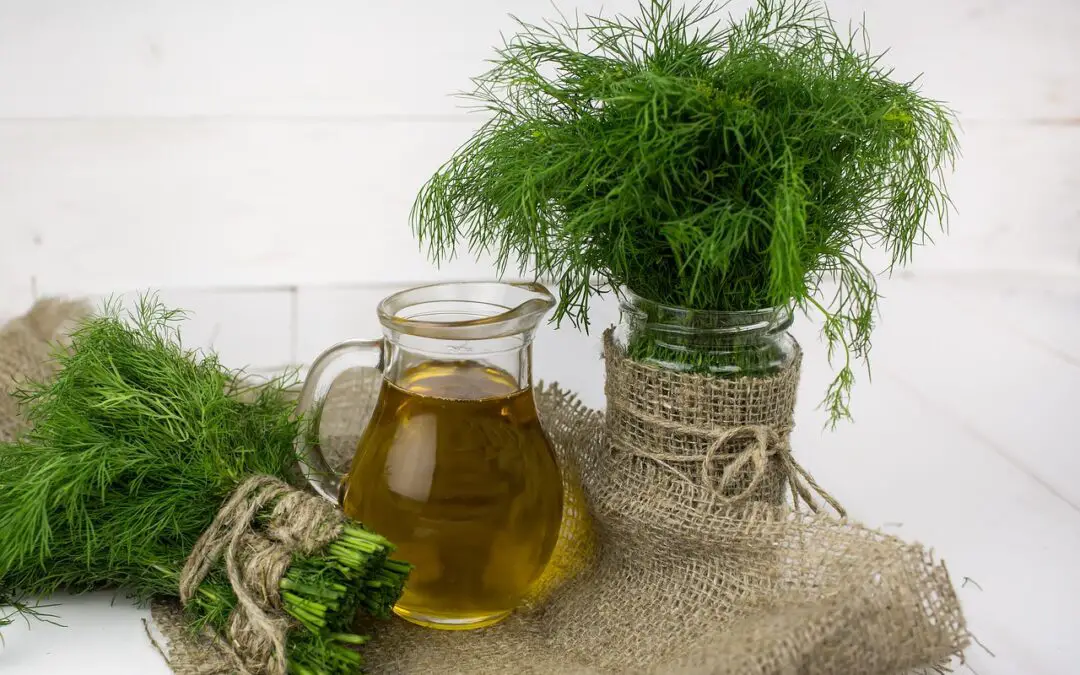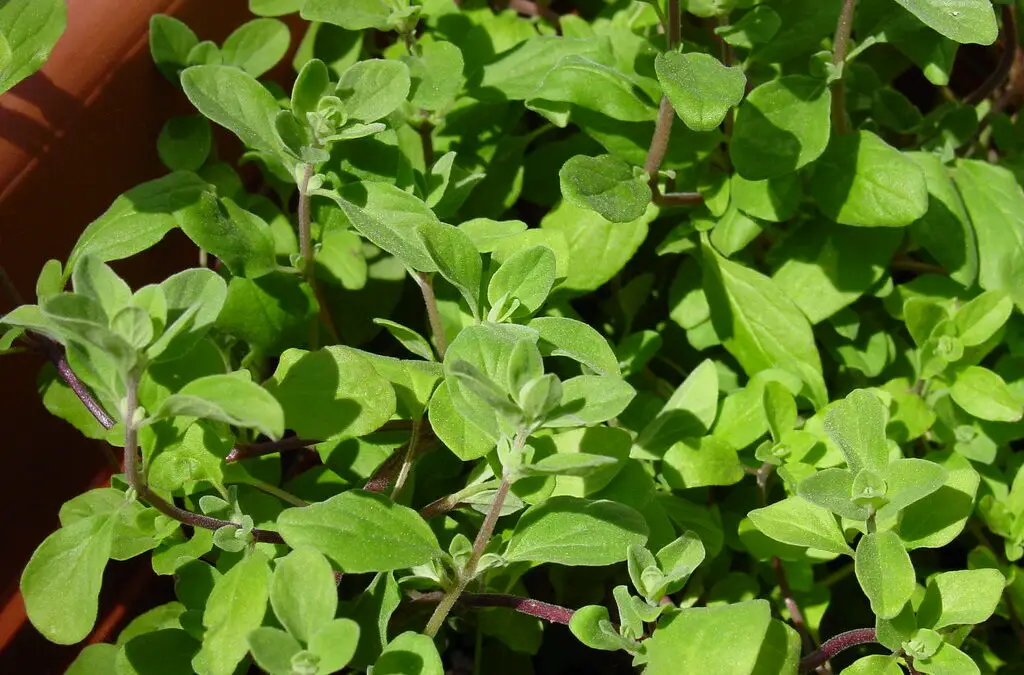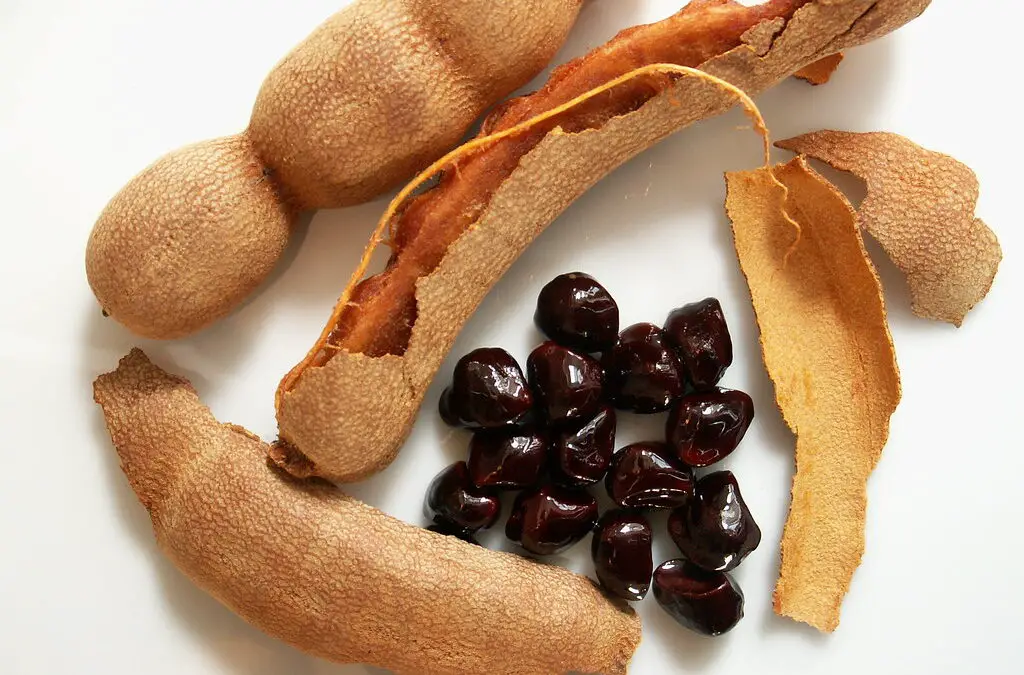Aleppo pepper spice has gained popularity in recent years due to its unique flavor and versatility in cooking. It is named after the Syrian city of Aleppo, where it has been produced for centuries. The pepper is made from a variety of chili pepper that is dried and crushed, resulting in a deep red color and a slightly sweet and fruity taste.
The use of Aleppo pepper can be traced back to the Ottoman Empire, where it was a staple in the cuisine of the region. It is commonly used in Middle Eastern and Mediterranean cooking and has become a popular ingredient in Western cuisine as well. The spice can be used to add flavor to a variety of dishes, including meats, vegetables, and sauces.
Despite its popularity, Aleppo pepper has faced challenges in recent years due to the ongoing conflict in Syria. The production of the spice has been greatly impacted, and the quality and availability of Aleppo pepper have suffered as a result. Despite these challenges, many chefs and home cooks continue to seek out this unique spice for its distinctive flavor and cultural significance.
History of Aleppo Pepper Spice
Aleppo pepper is a spice that has been used for centuries in Middle Eastern and Mediterranean cuisine. The pepper is named after the Syrian city of Aleppo, which was once a major center of spice trading. Aleppo pepper is also known as Halaby pepper, which is another name for the city of Aleppo.
The history of Aleppo pepper dates back to the Ottoman Empire when it was widely used in Turkish cuisine. It was later introduced to the Levant region, which includes Syria, Lebanon, Jordan, and Palestine. Aleppo pepper became a popular spice in these countries and was used in a variety of dishes, including meat, fish, vegetables, and dips.
Aleppo pepper was traditionally grown in the Aleppo region of Syria, which has a mild climate and fertile soil. The pepper is harvested in the summer and dried in the sun for several days. The drying process gives the pepper its unique flavor and aroma. The dried pepper is then crushed or ground into a coarse powder.
In recent years, the production of Aleppo pepper has been affected by the ongoing conflict in Syria. Many farmers have been forced to abandon their crops and flee the country. As a result, the supply of Aleppo pepper has decreased and the price has increased. However, efforts are being made to revive the production of Aleppo pepper in other countries, such as Turkey and Israel.
Despite its rich history and unique flavor, Aleppo pepper is still relatively unknown in many parts of the world. However, it is gaining popularity among food enthusiasts and chefs who are looking for new and exciting flavors to incorporate into their dishes.
Cultivation and Production
Growing Conditions
Aleppo pepper is a type of chili pepper that is grown in the region of Aleppo, Syria. The pepper is known for its fruity and slightly sweet flavor with a moderate heat level. The plant grows to a height of up to 3 feet and requires warm temperatures to thrive.
The best-growing conditions for Aleppo pepper include a warm and dry climate with plenty of sunlight. The soil should be well-draining and rich in nutrients. The plant requires regular watering, but it is important not to overwater as this can lead to root rot.
Harvesting
Aleppo pepper is typically harvested in the late summer and early fall when the peppers are fully ripe. The peppers are hand-picked from the plant and then left to dry in the sun for several days. Once the peppers have dried, they are sorted and then ground into a fine powder.
Processing
After the peppers have been harvested and dried, they are processed into a fine powder. The peppers are ground using a stone mill to produce a consistent texture. The powder is then sifted to remove any seeds or stems that may be present.
The final product is a bright red powder with a slightly oily texture. The powder is known for its rich and complex flavor, which makes it a popular ingredient in many Middle Eastern and Mediterranean dishes.
In summary, Aleppo pepper is a unique and flavorful spice that is grown in the region of Aleppo, Syria. The plant requires warm and dry conditions to thrive and is typically harvested in the late summer and early fall. The peppers are then dried and ground into a fine powder, which is known for its rich and complex flavor.
Culinary Uses
Middle Eastern Cuisine
Aleppo pepper is a staple in Middle Eastern cuisine, where it is used to add a mild heat and fruity flavor to dishes. It is often used in meat dishes, stews, soups, and salads. In fact, it is a key ingredient in the famous Middle Eastern spice blend, za’atar.
Za’atar is a blend of dried thyme, sesame seeds, sumac, and Aleppo pepper. It is commonly used as a seasoning for bread, meat, and vegetables. Aleppo pepper is also used in muhammara, a roasted red pepper and walnut dip, and in shakshuka, a dish of eggs poached in a spicy tomato sauce.
International Dishes
Aleppo pepper spice has become increasingly popular in international cuisine as well. It is often used as a substitute for other chili peppers, such as paprika and cayenne pepper. It pairs well with a variety of dishes, including grilled meats, roasted vegetables, and pasta dishes.
In Italian cuisine, Aleppo pepper is used in arrabbiata sauce, a spicy tomato sauce for pasta. It is also used in harissa, a North African chili paste that is used in a variety of dishes, including couscous and tagines.
In American cuisine, Aleppo pepper is used in rubs for meats, such as chicken and pork. It is also used in marinades and sauces and as a topping for pizzas and sandwiches.
Overall, Aleppo pepper is a versatile spice that can be used in a variety of dishes to add a mild heat and fruity flavor. Its popularity continues to grow, and it is now widely available in specialty food stores and online.
Health Benefits
Aleppo pepper is not only a delicious spice but also a healthy addition to any dish. Here are some of the health benefits associated with Aleppo pepper:
- Anti-inflammatory properties: Aleppo pepper contains capsaicin, a compound known for its anti-inflammatory properties. Capsaicin has been shown to reduce inflammation in the body, which can help alleviate pain and improve overall health.
- Boosts metabolism: The capsaicin found in Aleppo pepper can also help boost metabolism, which can aid in weight loss and weight management.
- Rich in vitamins and minerals: Aleppo pepper is a good source of vitamins A and C, as well as potassium, calcium, and iron. These nutrients are essential for maintaining good health and preventing chronic diseases.
- May reduce the risk of cancer: Some studies have suggested that capsaicin may have anti-cancer properties, which could help reduce the risk of certain types of cancer.
- Improves heart health: The vitamins and minerals found in Aleppo pepper, along with its anti-inflammatory properties, can help improve heart health by reducing inflammation and lowering cholesterol levels.
Overall, adding Aleppo pepper to your diet can provide a range of health benefits. However, it is important to consume it in moderation, as excessive consumption can cause digestive issues and other health problems.
Substitutes for Aleppo Pepper Spice
When it comes to cooking, ingredients can sometimes be hard to find or unavailable. If you can’t find Aleppo pepper, there are a few substitutes that can be used instead.
- Maras pepper: This Turkish pepper is similar in flavor and heat level to Aleppo pepper. It has a slightly smokier taste, making it a great substitute in meat dishes or stews.
- Paprika and cayenne pepper: A mixture of these two spices can be used as a substitute for Aleppo pepper. Paprika provides a sweet and smoky flavor, while cayenne pepper adds heat. Adjust the ratio of paprika to cayenne pepper to achieve the desired level of heat.
- Crushed red pepper flakes: While not as flavorful as Aleppo pepper, crushed red pepper flakes can be used as a substitute in a pinch. Keep in mind that they are much hotter than Aleppo pepper, so use sparingly.
- Ancho chili powder: Ancho chili powder has a similar mild heat and smokiness to Aleppo pepper. It can be used as a substitute in dishes like chili or enchiladas.
Remember to adjust the amount of substitute spice used to match the heat level of Aleppo pepper in the recipe. Using too much of a substitute can result in an overly spicy dish.
Buying and Storing Tips
When buying Aleppo pepper, it is important to look for high-quality products that are fresh and fragrant. Here are some tips to help you choose the best Aleppo pepper:
- Look for bright red color: The best Aleppo pepper has a bright red color that indicates freshness and quality.
- Check the aroma: Aleppo pepper should have a sweet and smoky aroma. If it smells musty or stale, it may be old or low quality.
- Read the label: Check the label to ensure that the pepper is pure and does not contain any additives or fillers.
Once you have purchased your Aleppo pepper, it is important to store it properly to maintain its freshness and flavor. Here are some tips for storing Aleppo pepper:
- Store in an airtight container: To prevent moisture and air from affecting the flavor of the pepper, store it in an airtight container.
- Keep in a cool, dry place: Store the container in a cool, dry place away from direct sunlight and heat.
- Use within six months: Aleppo pepper loses its flavor over time, so it is best to use it within six months of purchase.
By following these tips, you can ensure that your Aleppo pepper is fresh, flavorful, and ready to use in your favorite recipes.
Conclusion
Aleppo pepper spice adds a unique flavor to a variety of dishes. Its fruity and slightly sweet taste, along with its moderate heat level, makes it a favorite among chefs and home cooks alike.
In addition to its culinary uses, Aleppo pepper has been associated with potential health benefits. Studies have shown that the capsaicin in Aleppo pepper may have anti-inflammatory and pain-relieving properties. However, more research is needed to fully understand its potential health benefits.
When using Aleppo pepper, it is important to keep in mind that its heat level can vary depending on the batch and source. It is recommended to start with a small amount and gradually add more to taste.
Overall, Aleppo pepper is a great addition to any spice collection and can add a unique flavor to a variety of dishes.
